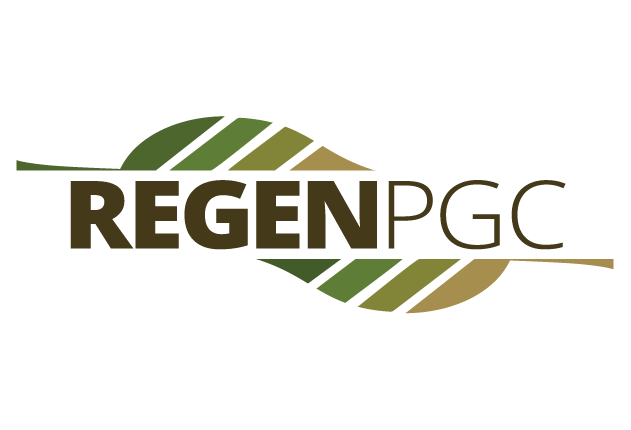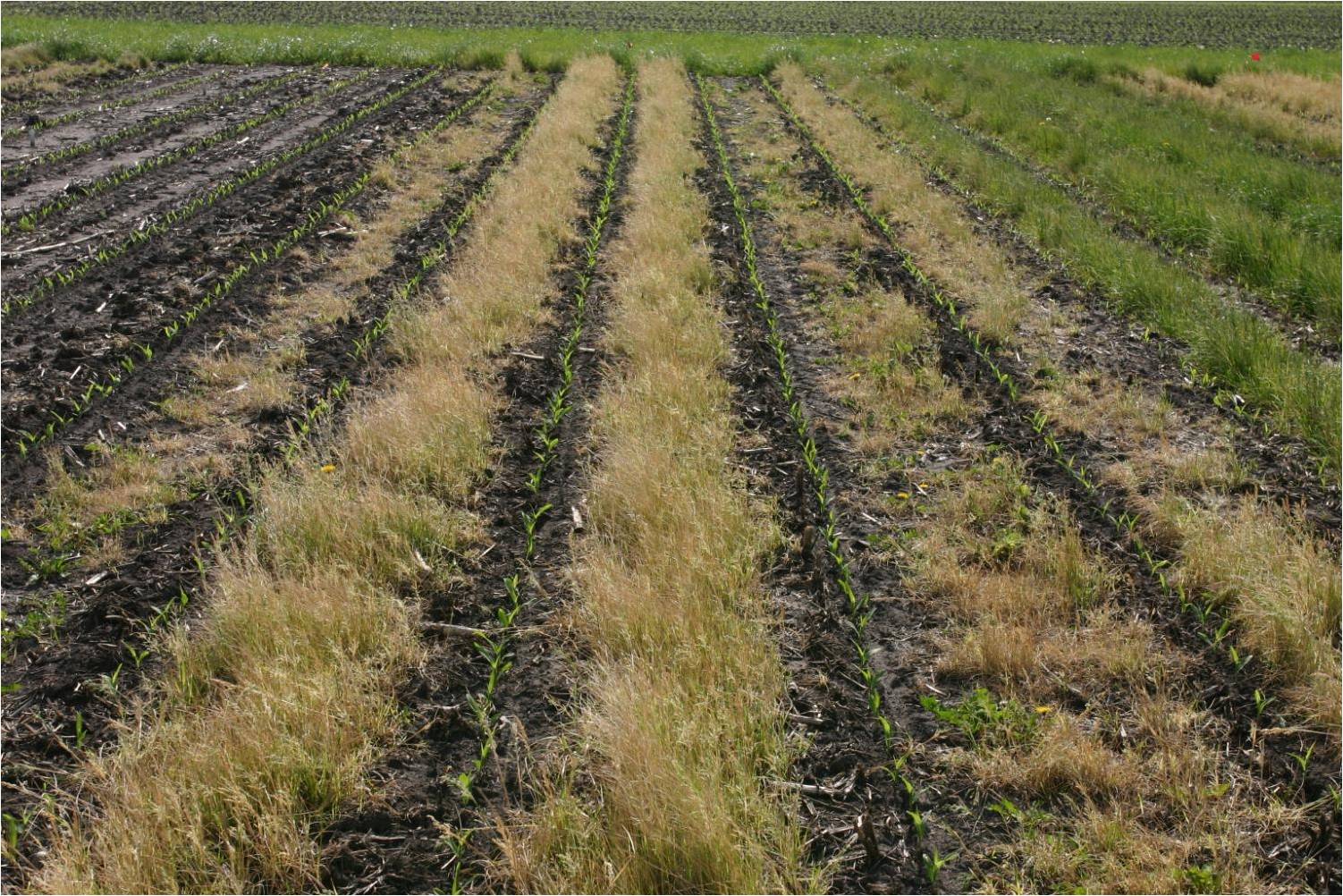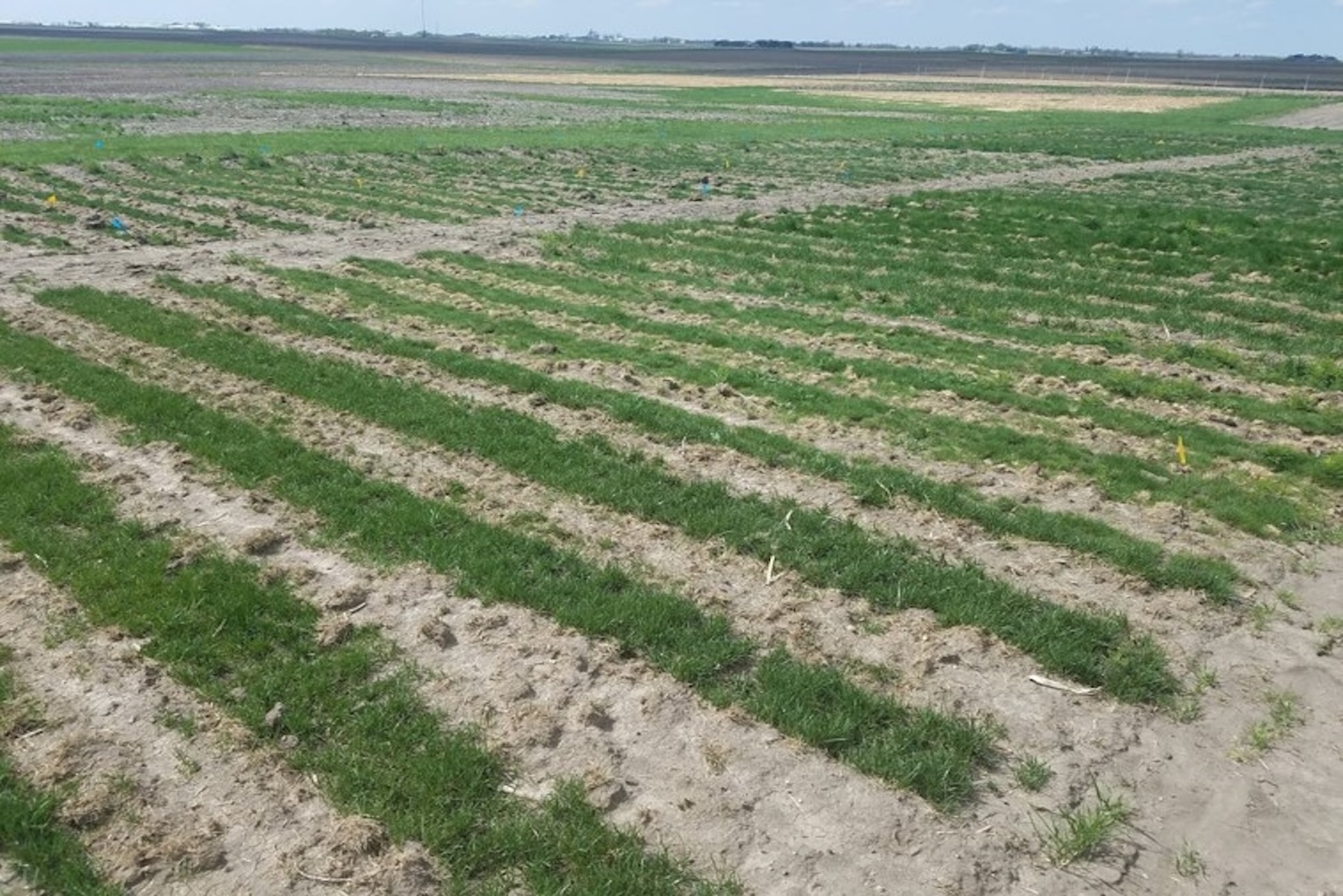RegenPGC
Transforming Agriculture with Perennial Groundcover

Agricultural systems in the United States are undergoing a pivotal transformation, and at the forefront of this change is the RegenPGC project. Short for “Regenerating America’s Working Landscapes to Enhance Natural Resources and Public Goods through Perennial Groundcover,” RegenPGC is a five-year initiative launched in September 2021 with funding from the USDA-NIFA. Anchored at Iowa State University, the project brings together a coalition of researchers, engineers, industry partners, and farmers committed to a common goal: creating a sustainable, resilient model for America
The Vision: Permanent Soil Cover, Year-Round Benefits
Traditional row-crop agriculture—particularly systems focused on corn and soybean production—leaves the soil exposed for long periods, contributing to soil erosion, nutrient runoff, greenhouse gas emissions, and the decline of biodiversity. While cover crops have emerged as a solution, adoption remains low due to high labor and narrow planting windows. RegenPGC offers a novel solution: establish perennial groundcover (PGC) once, and let it coexist with annual row crops for multiple years, reducing labor while delivering ecological benefits year-round.
The central vision of RegenPGC is to integrate carefully selected perennial grasses such as Poa bulbosa and Kentucky bluegrass into row-crop systems. These grasses remain dormant or low-growing during the peak growing season of cash crops and re-emerge afterward, thereby maintaining soil protection without compromising yield.


Core Research Objectives
RegenPGC’s research is grounded in five primary objectives. The first focuses on crop ecology and management, where researchers develop practical strategies to integrate and maintain PGCs within traditional corn and soybean systems. These strategies include the use of precision tillage, control of shading effects, and herbicide compatibility to ensure that groundcover and cash crops can thrive side by side.
The second objective emphasizes plant breeding and genetics. Scientists work on breeding corn and PGC varieties that naturally complement one another. This includes engineering traits such as dormancy during critical growth periods and root architectures that reduce competition. Varieties like Poa bulbosa are examined for their ability to stay dormant during the corn season and flourish afterward.
Soil health and nutrient management form the third pillar of the project. Through continuous groundcover, RegenPGC systems improve microbial diversity, enhance organic matter in the soil, and prevent the leaching of key nutrients. These improvements contribute to both environmental sustainability and long-term soil productivity.
The fourth objective addresses ecosystem services and modeling. Tools like EPIC and STICS are used to simulate and measure the environmental benefits of PGC systems. Results show that PGC fields significantly reduce soil erosion and runoff, making them a promising alternative for climate-resilient farming.
Finally, the fifth objective examines socioeconomic impacts and policy development. Using modeling tools like CAMS, researchers evaluate the financial feasibility of PGC adoption. They also study social and economic barriers, helping policymakers and extension agents better support farmers interested in transitioning to regenerative systems.
Cross-Cutting Themes
Beyond its core objectives, RegenPGC incorporates several cross-cutting themes. In research and data management, the project relies on Breedbase to store and manage extensive datasets from multi-year trials. This platform ensures standardized data collection and makes results accessible through the USDA Ag Data Commons, fostering transparency and collaboration.
Extension and farmer engagement are central to the project’s outreach efforts. Through field demonstrations, webinars, and the involvement of the Farmer Landowner Advisory Group, RegenPGC translates research into actionable insights for those working on the ground.
Education and workforce development also play a vital role. Programs such as REU (Research Experiences for Undergraduates) and RET (Research Experiences for Teachers) immerse participants in regenerative agriculture. Graduate students and faculty also engage in regular discussions through the PGC Café seminar series, encouraging interdisciplinary learning.
In terms of commercialization and scaling, RegenPGC partners with agricultural technology companies and cooperatives to bring viable tools and practices to market. These collaborations help ensure that research translates into profitable, scalable solutions that can be readily adopted by farmers.
Early Results and Future Outlook
Initial trials reveal maintained or improved corn yields under PGC systems, massive reductions in soil runoff and erosion, and richer soil microbial communities. Through 2026, RegenPGC will expand testing, refine practices, and publish its findings openly for public use and further innovation.
Conclusion
RegenPGC is not just a research project—it is a blueprint for the future of regenerative agriculture. By integrating perennial groundcover into mainstream farming, it offers a viable path to sustainability, economic resilience, and environmental health. Its success could regenerate the very foundation of our food systems.
The RegenPGC project is supported by Agriculture and Food Research Initiative Competitive Grant No. 2021-68012-35923 from the USDA National Institute of Food and Agriculture.
Sources: All content derived from RegenPGC.org and affiliated USDA-NIFA documentation.